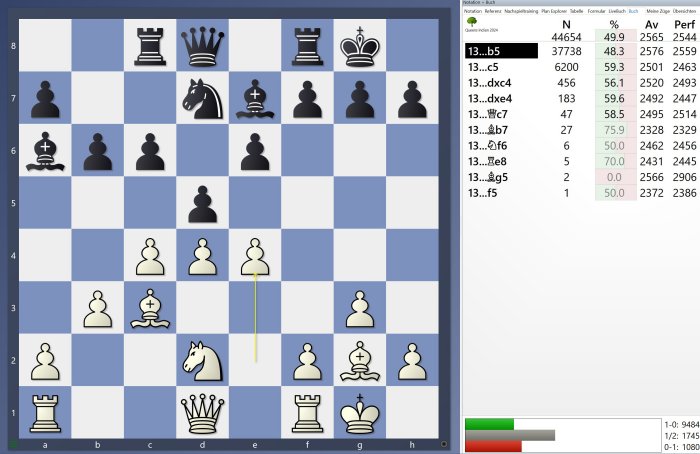Pop-up for detailed settings
We use cookies and comparable technologies to provide certain functions, to improve the user experience and to offer interest-oriented content. Depending on their intended use, cookies may be used in addition to technically required cookies, analysis cookies and marketing cookies. You can decide which cookies to use by selecting the appropriate options below. Please note that your selection may affect the functionality of the service. Further information can be found in our privacy policy.
Lost Password?
Please enter your email address below. You will receive a password reset email.
Create an account
New customer? Create your ChessBase shop account with your e-Mail address and password. Advantages for registered users: Fast and easy check out; Easy access to your order history and a backup service for your download products: Purchased download products can be downloaded at any time with dedicated backups on the ChessBase server!



